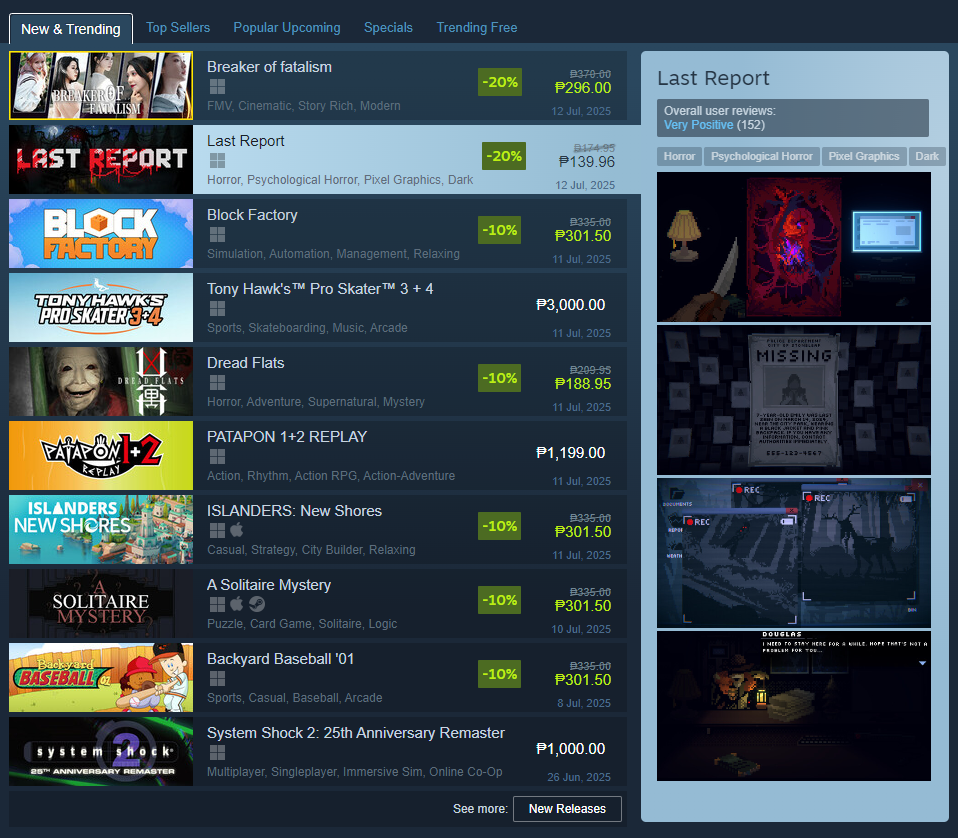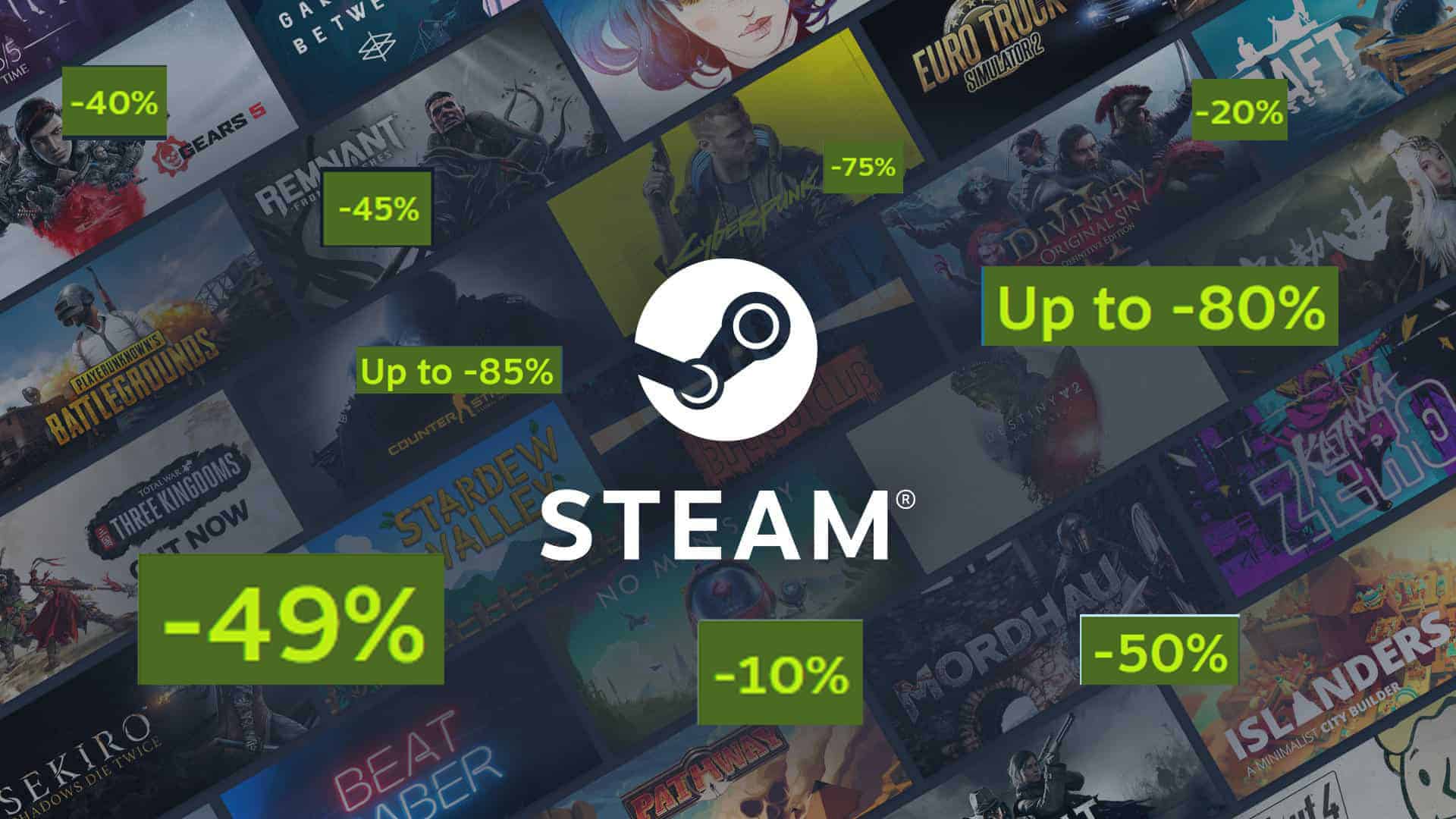Steam remains the undisputed giant of PC gaming—and not just because of its massive library or social features. A new analysis by gaming industry consultant Chris Zukowski sheds light on an unusual but highly profitable trend: many Steam users are buying games they never actually play. This phenomenon, which Zukowski calls “digital hoarding disease,” is one of the reasons why developers continue to publish on Steam despite its 30% revenue cut—much higher than Epic Games Store’s 12% after the first million in sales.
Steam’s success lies in its ability to turn buying games into a hobby in itself. According to Zukowski, Valve has solved a problem that even streaming giants like Netflix haven’t: selling entertainment to users who already feel overwhelmed by choice. He points out that Steam gives players the illusion of endless time—time they might use to play these games eventually… or never.

Why the Backlog Is Bigger Than You Think
Data from events like Steam Next Fest shows a clear pattern. Players regularly add games to their wishlists without trying the free demos, indicating that many purchases are driven more by impulse than by intent to play. Zukowski’s own colleague, Chris Wray, is a case in point. He owns over 6,000 games, but has only played about 20% of them. While some of those titles were provided for reviews, the vast majority were personal purchases. And with sales like the Steam Summer Sale in full swing, the number of unplayed titles in user libraries continues to grow.
This collector-like behavior isn’t rare. In fact, it’s part of what makes Steam so effective for developers. Zukowski says the platform offers access to “a bunch of drunken sailors who spend money irresponsibly,” referring to the carefree buying habits of many users during seasonal promotions. Developers benefit from this, as they can count on large spikes in revenue during major sales, even if many buyers never open the games they purchase.

What This Means for Developers
From a development standpoint, understanding Steam’s unique buying culture is essential. Zukowski emphasizes that games with clearly defined genres, like survival crafting or city builders, tend to attract these collector-style buyers more than others. These players are more likely to add your game to their wishlist, and eventually buy it—often just because it fits a familiar niche.
Strategic discounting is also key. Indie developers can benefit greatly from timing their sales during major Steam events. Even if a game doesn’t top the charts, the sheer volume of impulse buyers ensures a steady stream of revenue. Adding a demo might not always lead to more plays, but it can boost wishlist adds, which still increase visibility in the algorithm.
Final Thoughts
Steam’s culture of digital hoarding might seem wasteful on the surface, but it’s a cornerstone of the platform’s financial ecosystem. For developers, it creates opportunities to succeed without massive player engagement. For gamers, it’s a call to reflect: are you curating a library or just collecting for the sake of it? Either way, Steam’s genius lies in making us want games we may never touch—and that’s both fascinating and a little dangerous.



